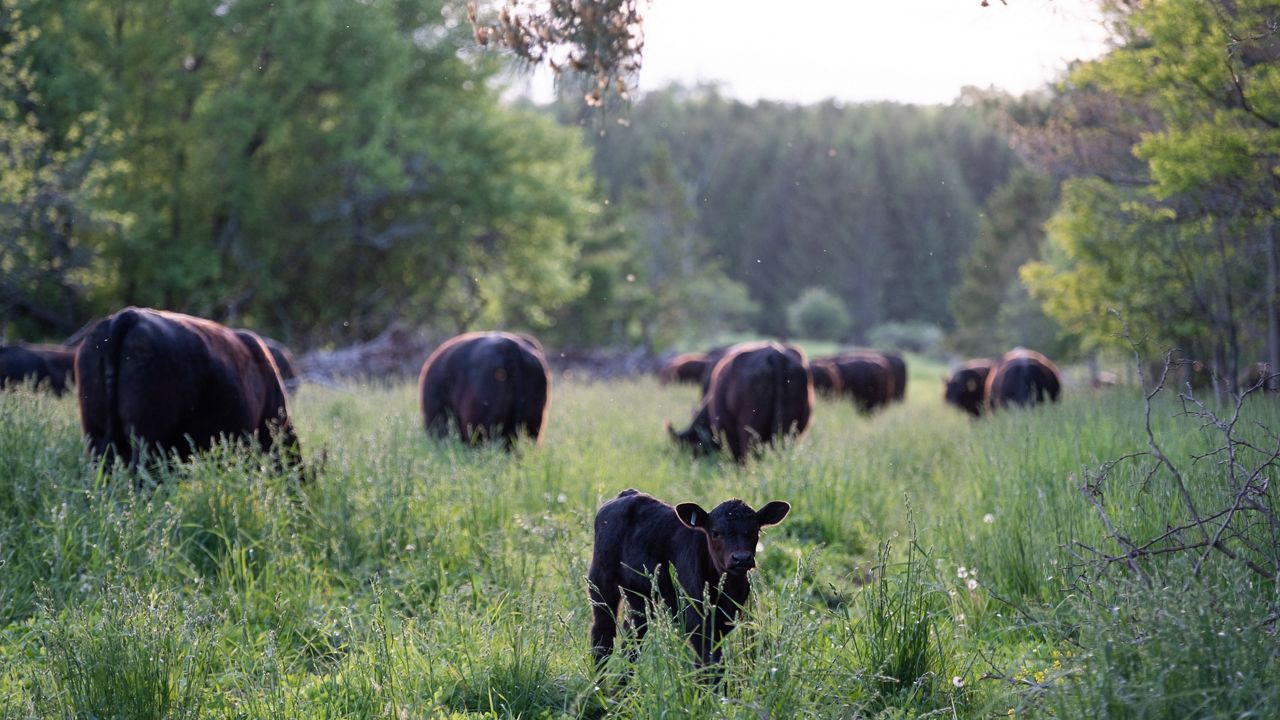The state of New York is home to 18 million acres of forest land, and one family is taking advantage of about 500 of them to raise a herd of beef cattle using agroforestry techniques.
“We’re standing here in one of our plantation silvopastures here. This is a 38-year-old stand of black locust and black walnut, and this was the first area that we planted on the farm in 1988,” said Brett Chedzoy, owner of Angus Glen farms in Watkins Glen.
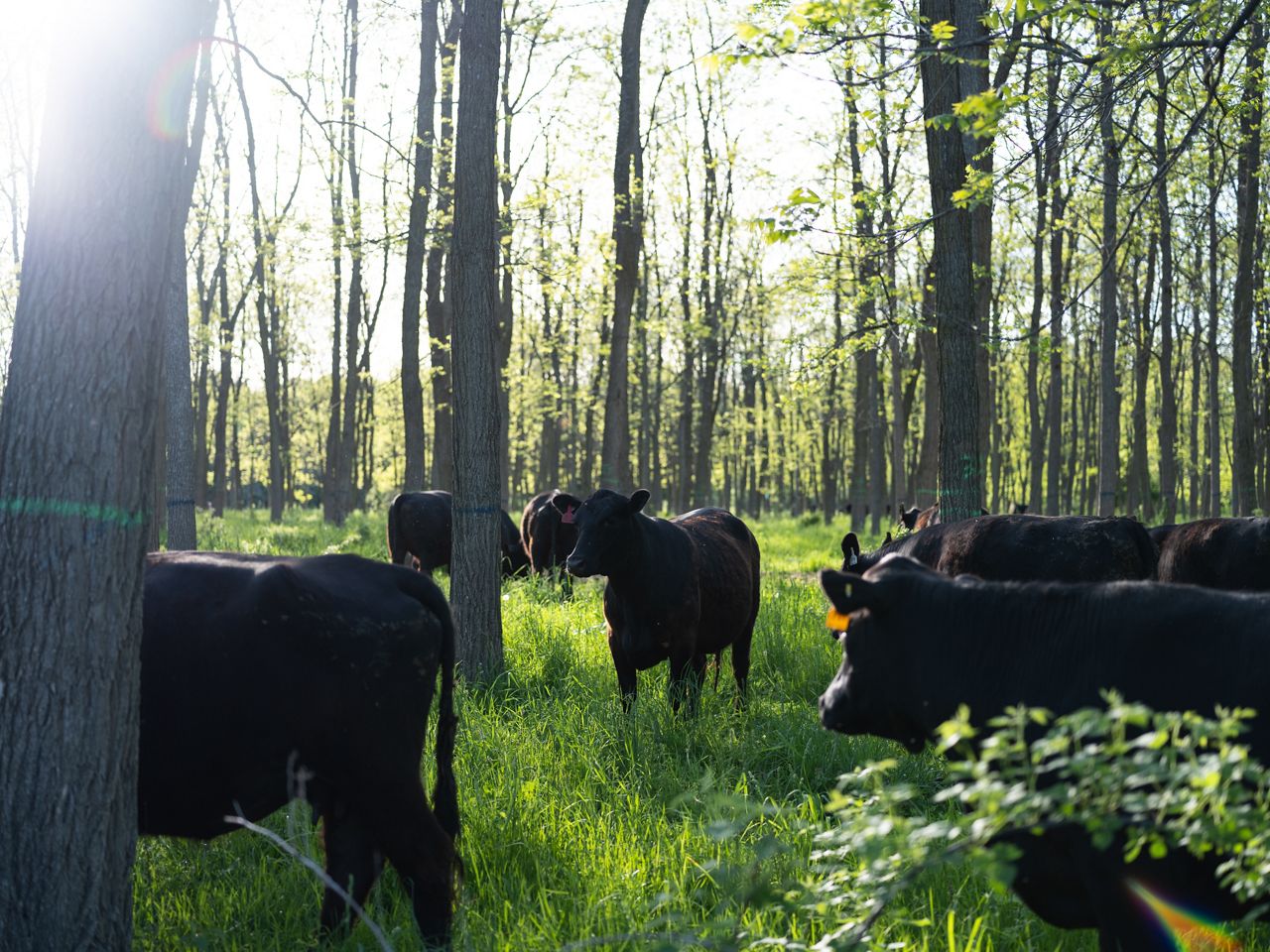
The United States Department of Agriculture defines silvopasture as the integration of trees and grazing livestock on the same land and both are intentionally managed for forest products and forage.
New York does not rank among the top states for the number of beef producers, however, Chedzoy said this method could be an opportunity to grow the industry.
“If a farm like this that is half-wooded acreage and half-field acreage, if we just said, ‘well, you know let’s just use the woods as woods and the fields as fields,’ we would be missing out. It was a huge opportunity to create a viable operation for our farm because we can use the whole farm, not just the part of it that is fields,” Chedzoy said.
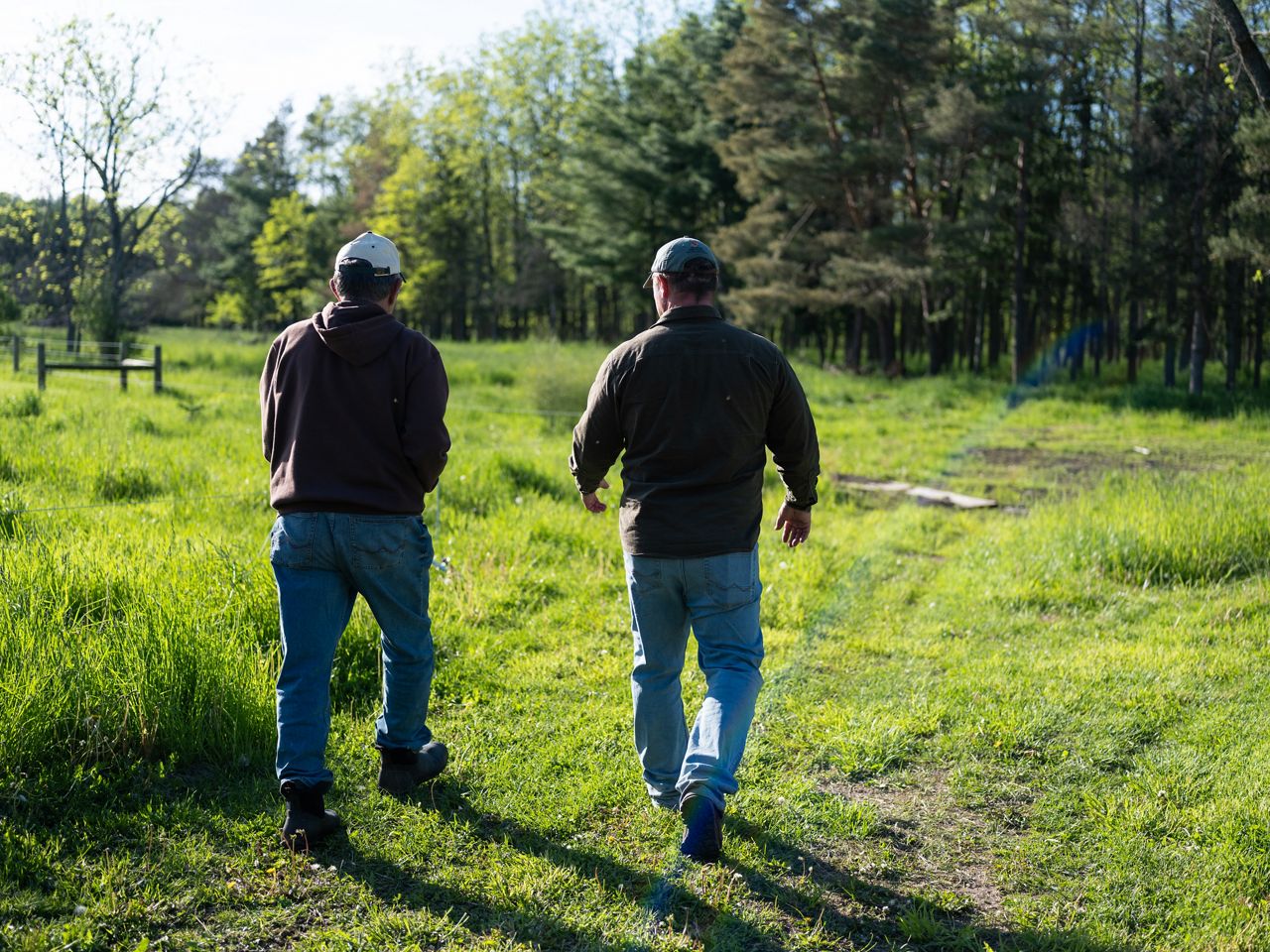
Silvopastures are typically about 50% sun and 50% shade and farmers using this type of land for their animals have to manage the forests, so they are productive. Chedzoy, who also has a degree in forestry, said that has to do with how it is managed.
“I think of silvopasturing as a choice between, do I want to grow firewood-quality trees or do I want to grow forages, and if I remove a lot of the unproductive firewood quality trees,” he said, "we can move that sunlight from somewhere up in the tree canopy to more down to the soil surface, where we can grow productive forages.”
The cattle also prefer to be in the shade when it gets warm throughout the summer, so in forests, they can shelter from the sun, he said.
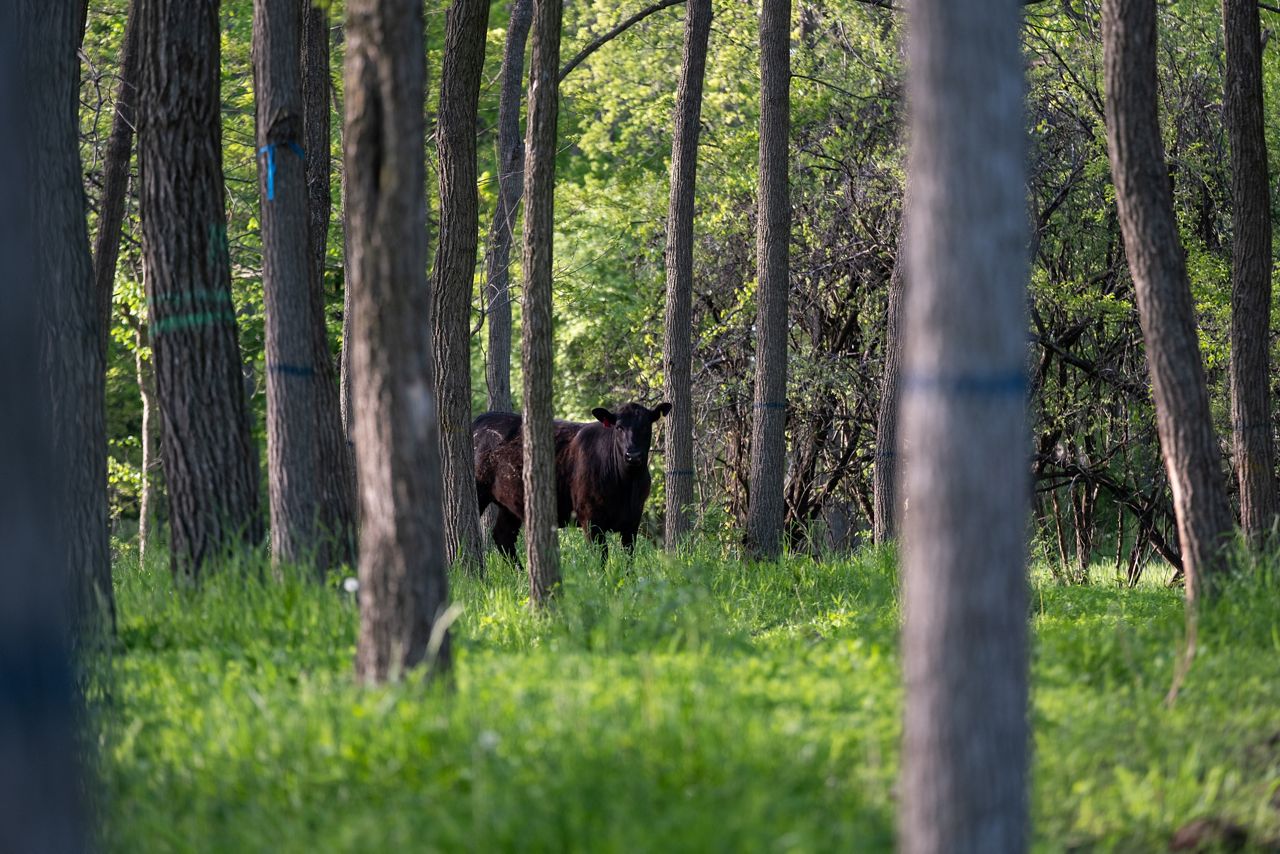
Angus Glen is located next to Watkins Glen State Park and the main tributary into Seneca Lake, so Chedzoy has implemented several conservation practices to protect the land around his farm.
“We never let the animals be in any one place on the farm for very long, even in the winter, they’re continuously rotationally grazing. In the winter, we call it bale grazing so it’s just like the grazing that happens this time of year, but it's in the form of round bales instead of green grass,” Chedzoy said.
Cattle can be raised with different diets, but Chedzoy said allowing their cattle to graze keeps their expenses down and saves time.
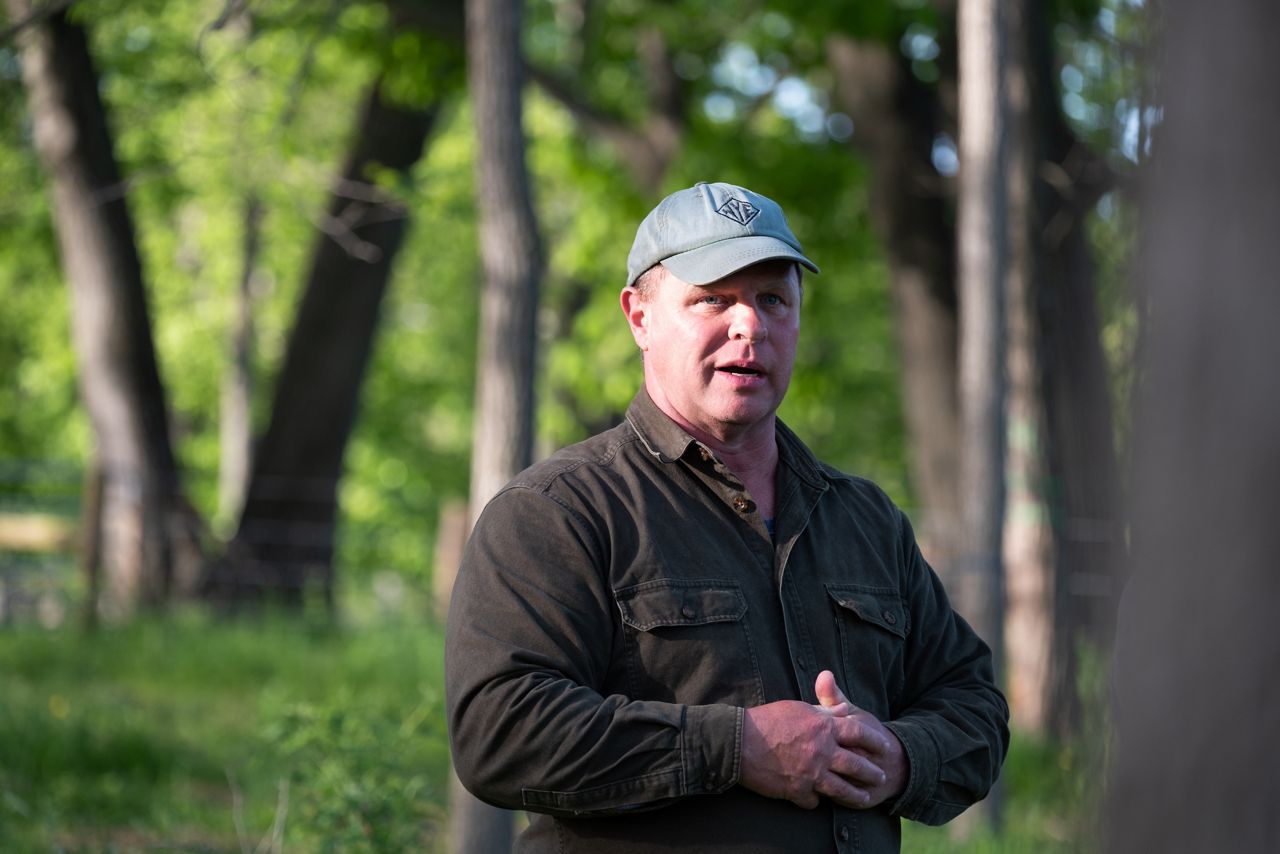
“I think the biggest mistake that all farmers make, but especially beef cattle farmers, is we try to make a natural beautiful thing like animals grazing grass and make it more complicated than it needs to be. The moment we want to bring them into the barn and feed them grain or take grain out to feed bunks for them, that takes away the ability for cows to be cows,” he said.
Angus Glen is one of the largest beef cattle operations in New York state, and silvopasturing has helped them with that success, Chedzoy said.
“We do it because we love it, and not everybody else wants to sign up for that,” he said. "I think that by raising our cattle on just pasture and hay on an all-forage diet is what makes it possible for us to farm at this scale.”
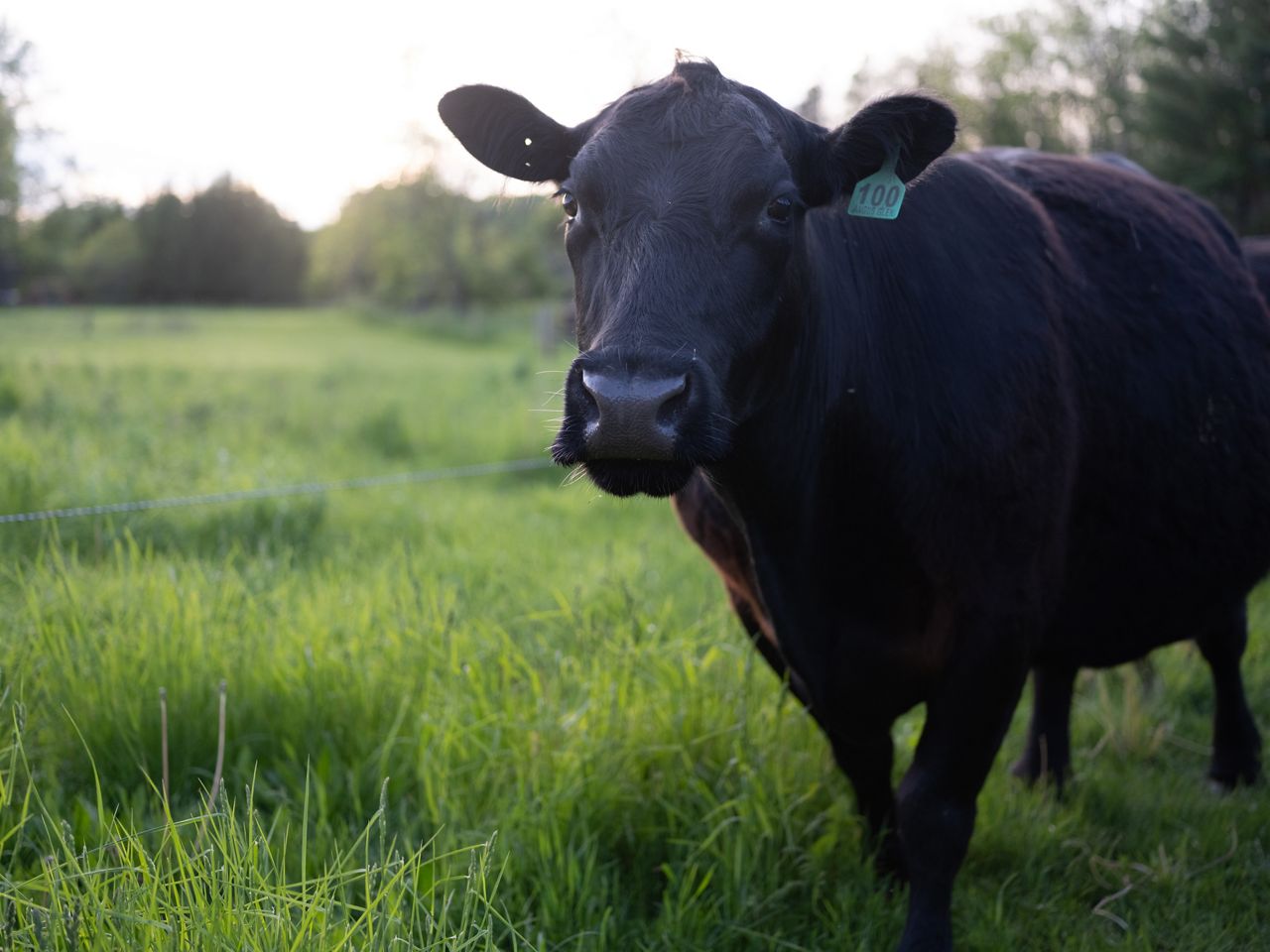
John Kriese, a beef producer and the Yates County Farm Bureau president, said silvopasturing also could be an option for a beginning farmer.
“One of the biggest problems with young farmers is the price of land but wooded land is probably still somewhat of an affordable investment as opposed to level, fertile crop land. I would think that silvopasturing would have some pretty good opportunities for a young farmer that doesn’t have the money for the capital investments,” Kriese said.
There’s an added benefit, too: the cattle are helping Chedzoy maintain the land, eliminating the need to use other maintenance equipment as frequently to sustain the forest.
“This farm is like a giant green solar panel, and we want to capture as much of that free solar energy as possible and it’s really amazing that these ruminant animals like beef cattle can convert that into things that are useful for us all, like food and managing this landscape,” he said.


